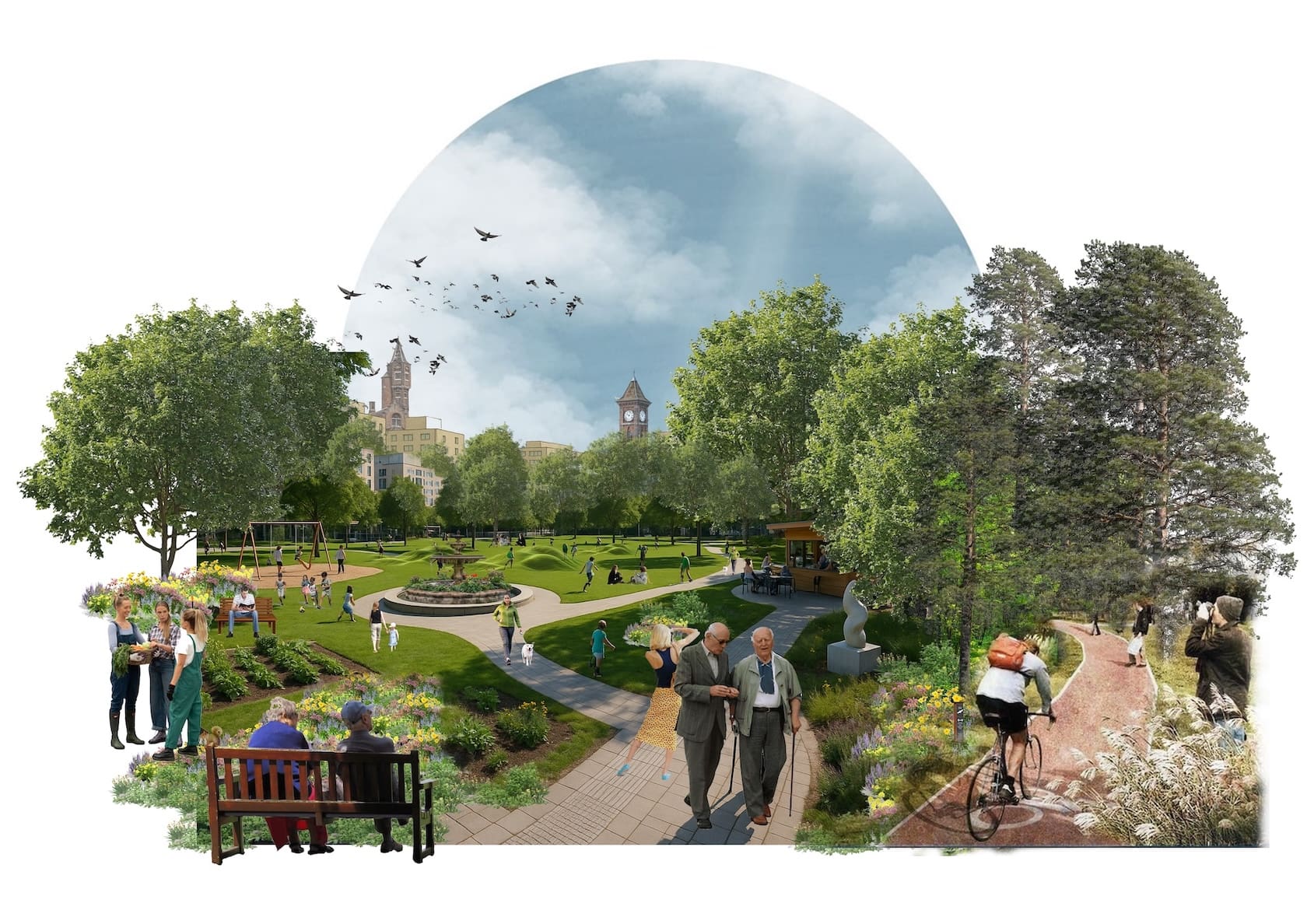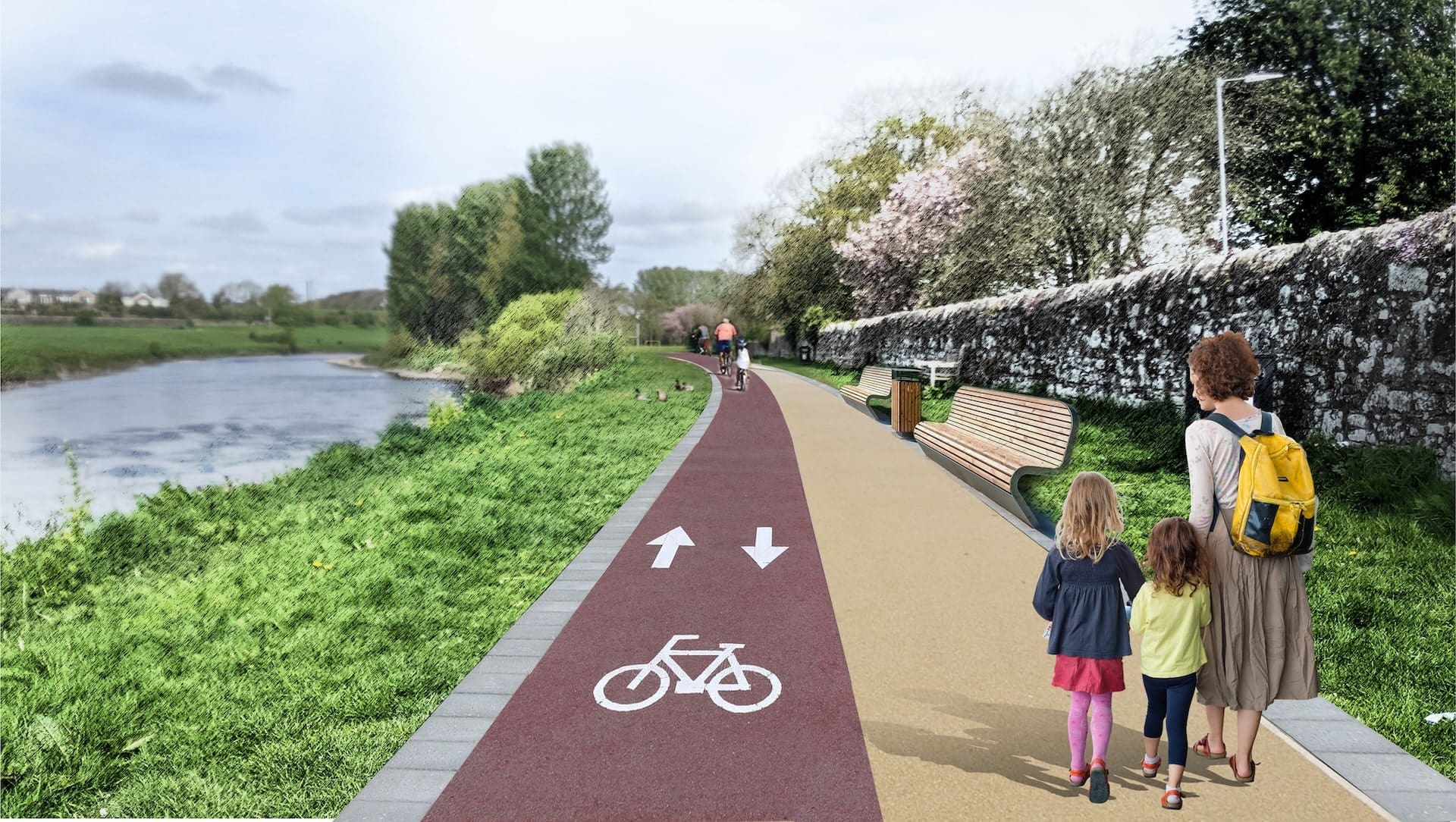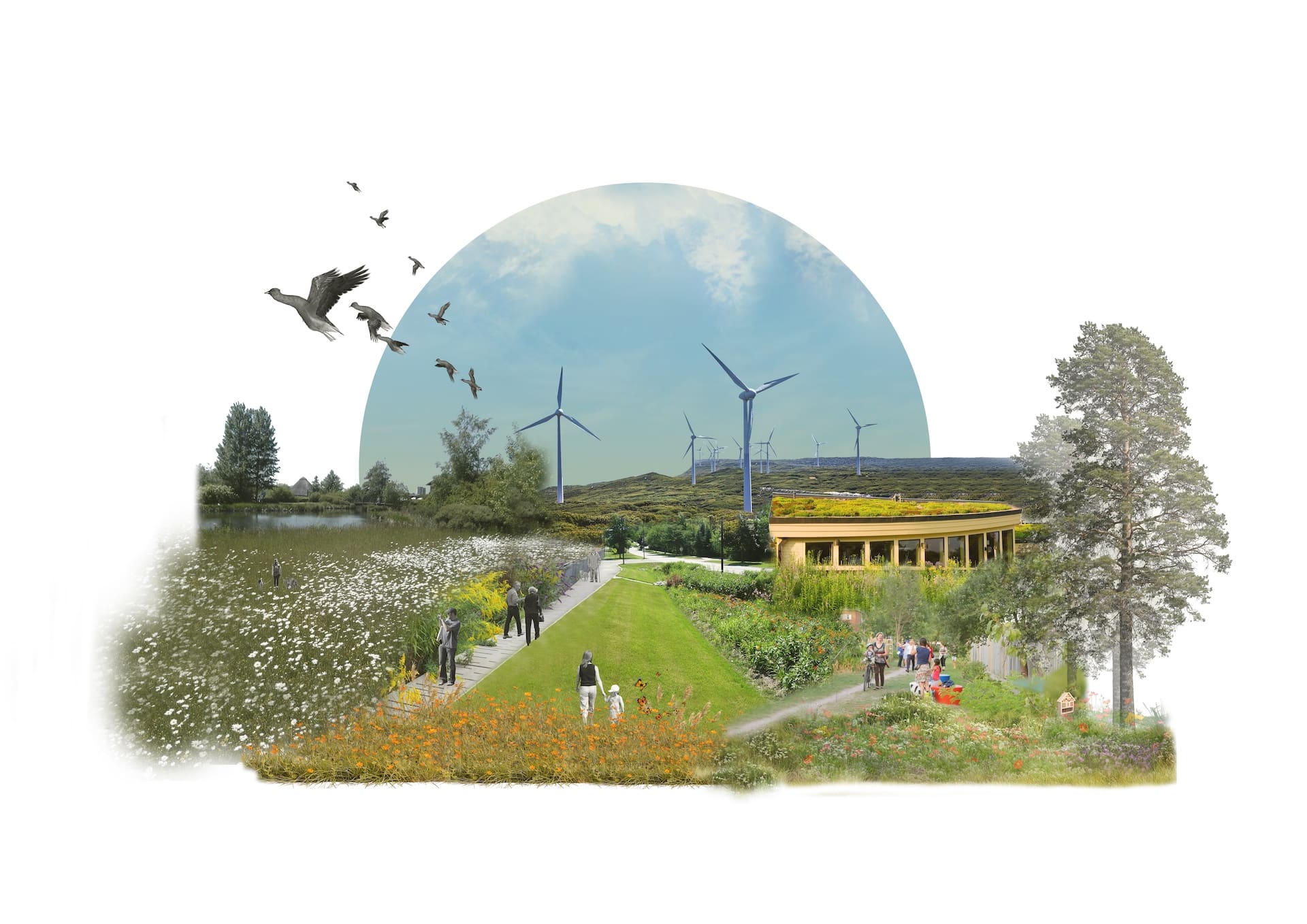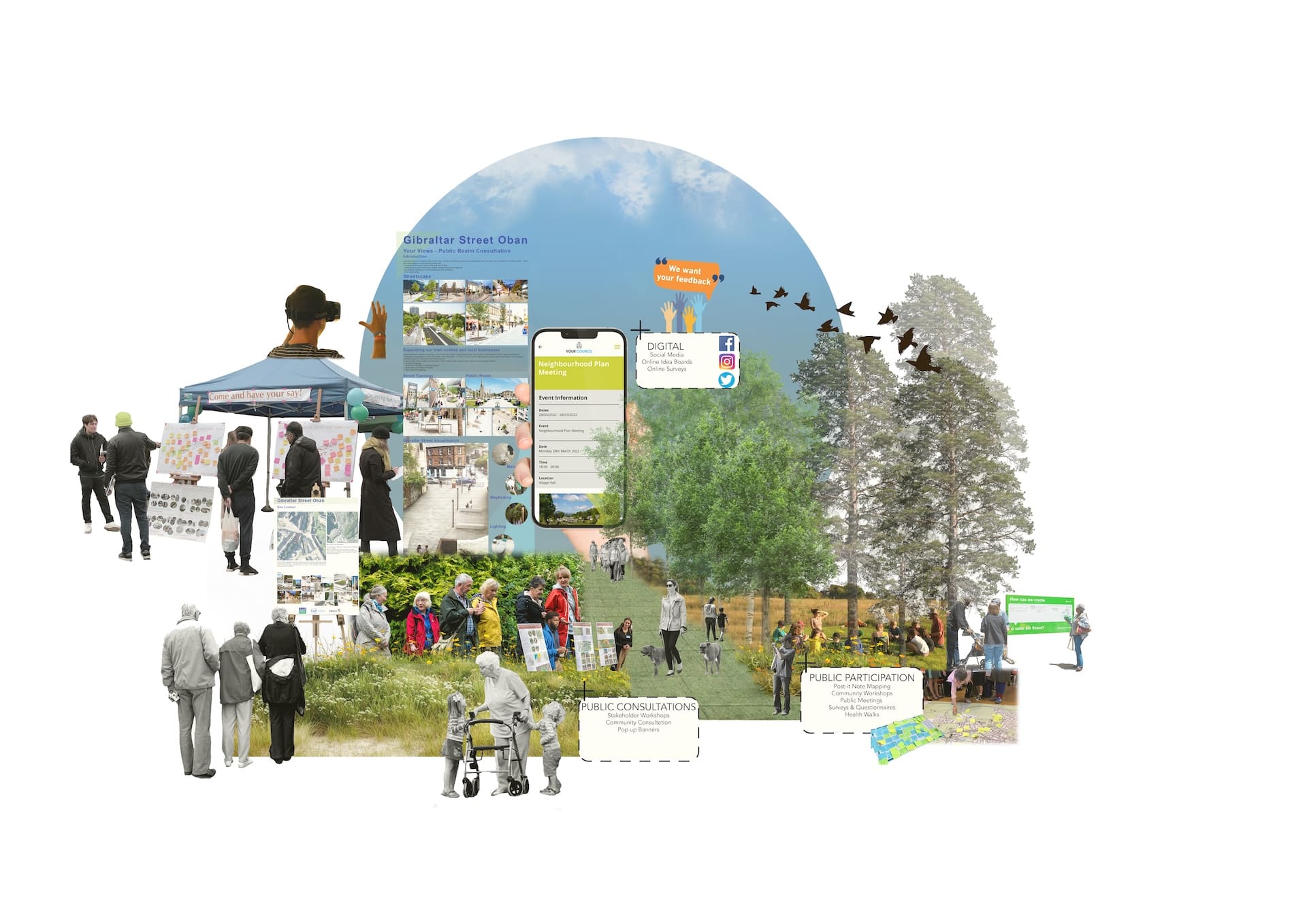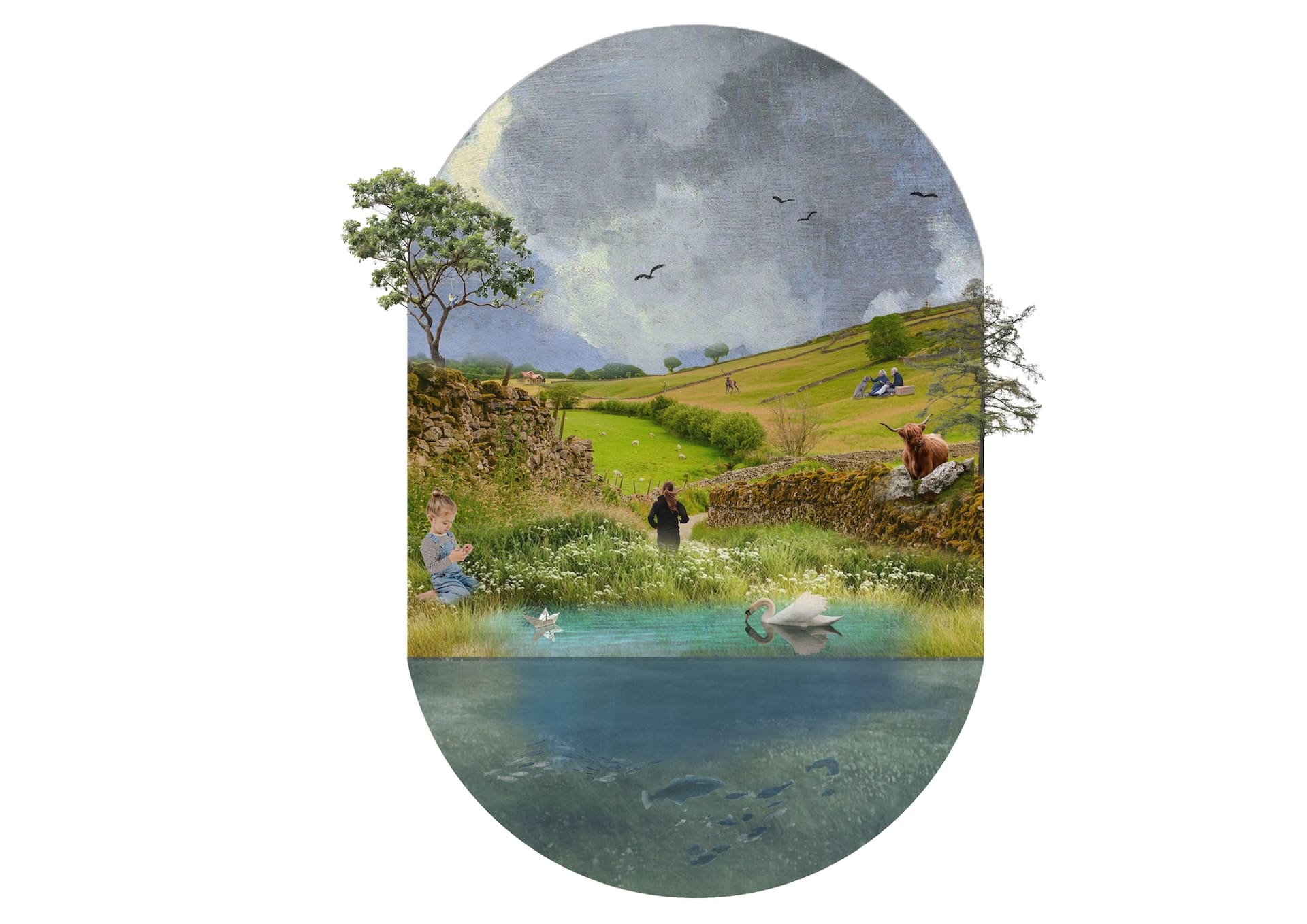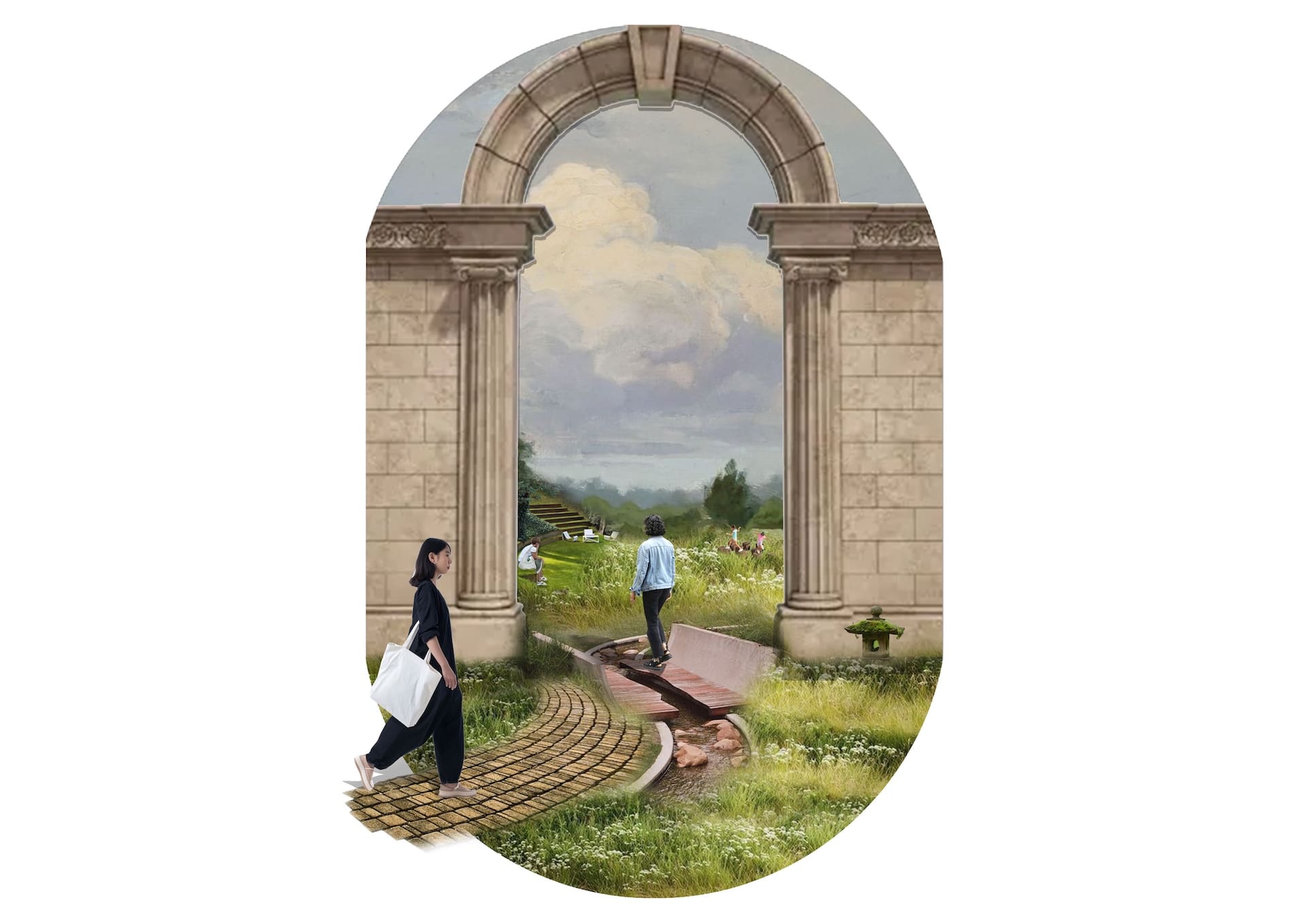Written by Ezgi Aydin
In landscape architecture, integrating active and passive recreation serves as a fundamental design principle to create inclusive, multifunctional public spaces that cater to diverse community needs.
Active recreation areas such as sports fields, playgrounds, and cycle paths, encourage physical activity, social engagement, and energetic play, supporting both individual and collective well-being. In contrast, passive recreation spaces like open lawns, shaded seating areas, and quiet gardens, offer opportunities for rest, contemplation, and connection with nature.
A thoughtful balance between these two modes of use ensures that outdoor environments are welcoming, accessible, and adaptable, promoting mental wellness and social cohesion while maximizing the potential of open space for all users. By prioritizing this dual approach, landscape architects create dynamic, resilient environments that support a broad spectrum of human experiences.
